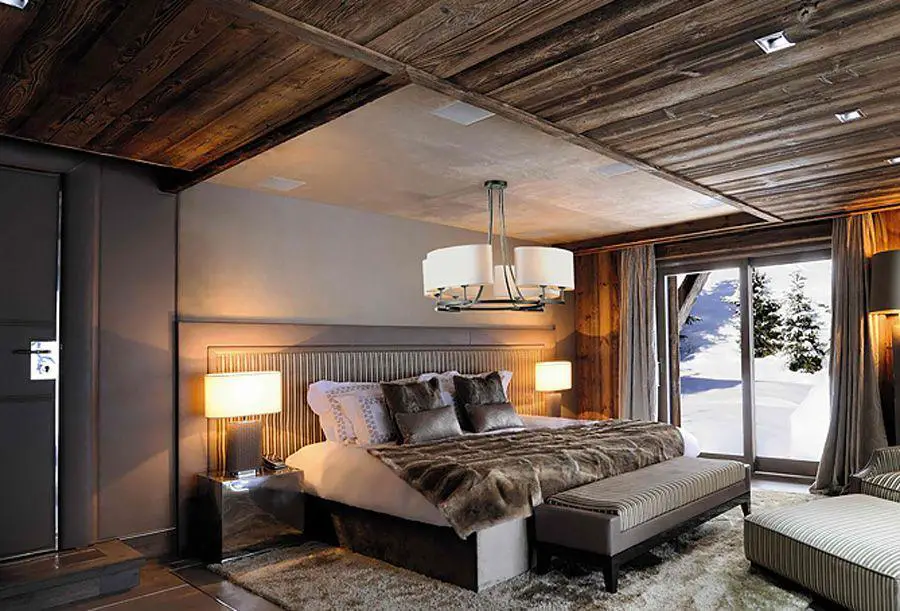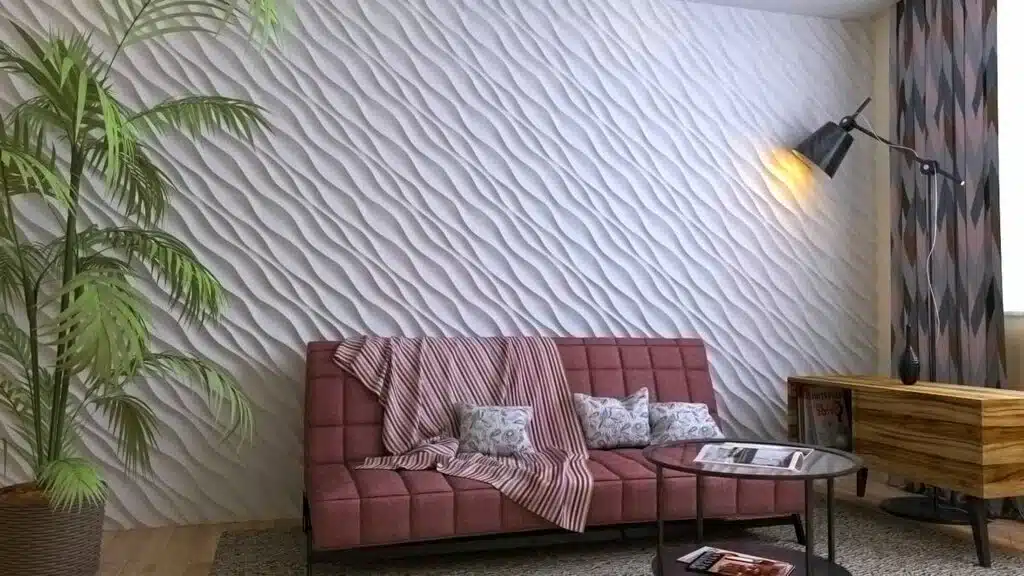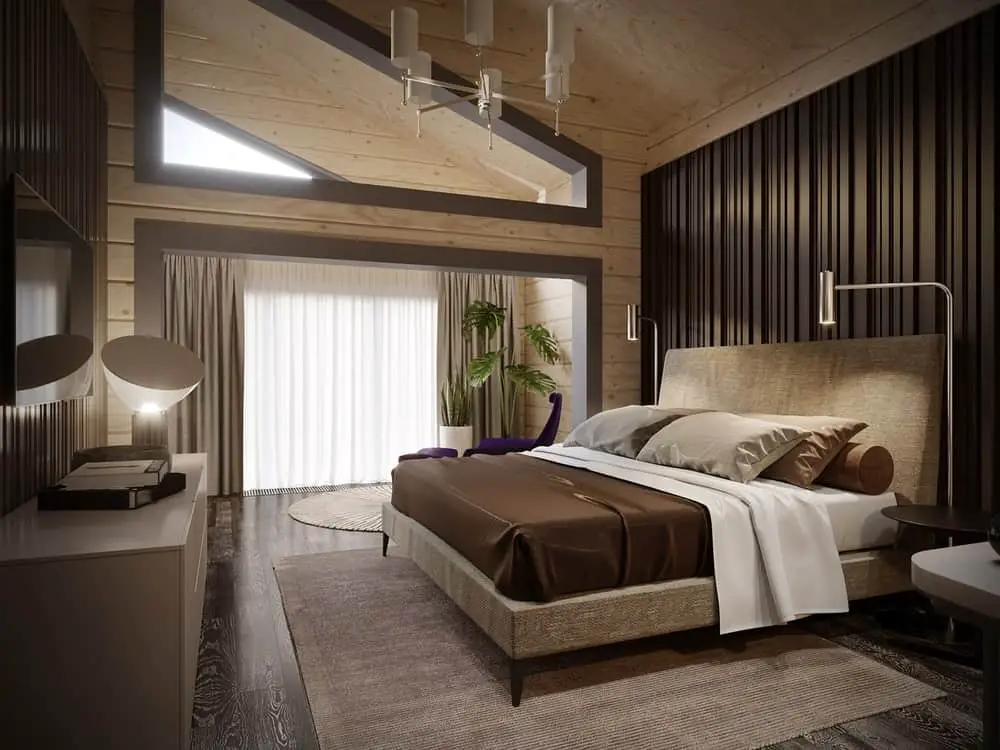What Are Interior Walls Made Of
Introduction
What Are Interior Walls Made Of: Interior walls are an essential component of any building, providing structure, privacy, and insulation. They serve as the boundaries between different rooms and areas, creating separate spaces within a structure. But have you ever wondered what interior walls are made of? In this article, we will explore the various materials commonly used to construct interior walls and their unique properties.
Interior walls are commonly built of drywall, gypsum board, or plasterboard. Drywall is gypsum between paper layers. It is cheap, lightweight, and easy to install and repair. Fireproof drywall is used in homes and businesses. Strong sound noise. Wood is another popular wall covering. Wood paneling is durable for areas. It may need to avoid warping or moisture damage.
For a more modern and sleek look, many interior walls are constructed using metal studs and plasterboard. Metal studs are lightweight and easy to work with, providing a sturdy framework for the plasterboard. Plasterboard, also known as drywall or sheetrock, is similar to traditional drywall but is thinner and more flexible.

What materials make up an interior wall?
Best Interior Wall Materials
- Wooden Paneling Wall Material. Plastic Panels Wall Material.
- Glass Wall Material.
- Veneer Plaster Wall Material.
- Tile and marbles cladding Wall Material.
- Plywood Wall Material.
One of the most common materials used for interior walls is drywall, also known as gypsum board or plasterboard. It is lightweight, easy to install, and provides a smooth surface for painting or wallpapering.
In addition to drywall, interior walls may also incorporate insulation materials to improve energy efficiency and soundproofing.
Another material commonly found in interior walls is wood.
For added strength and fire resistance, interior walls may include materials such as cement board or fire-rated drywall. Fire-rated drywall, on the other hand, contains additional layers of gypsum and other additives to slow down the spread of fire.
What is the most common material used for interior walls?
Two of the most common forms of interior wall materials are plaster and drywall.
The most common material used for interior walls is drywall. Drywall, also known as gypsum board or plasterboard, is a popular choice for interior walls due to its affordability, ease of installation, and versatility.
Drywall is made from a layer of gypsum sandwiched between two layers of paper. This construction gives it a smooth and flat surface, making it ideal for painting or wallpapering. It is also available in different thicknesses, allowing for customization based on the specific needs of the project.
One of the main advantages of drywall is its cost-effectiveness. Compared to other materials like plaster or wood paneling, drywall is relatively inexpensive. This makes it a popular choice for both residential and commercial construction projects, where budget considerations are important. In addition to its affordability, drywall is also easy to install.
What is an interior wall called?
What Is Interior Walls? Interior walls consist of both load-bearing walls and walls that don’t bear weight, called partition walls. Both types of walls employ similar framing standards, but a load-bearing wall is typically located directly above another load-bearing wall, a beam or a structural column.
Inside walls are called partition walls. The vertical structure provides seclusion, sound insulation, and structural support between rooms or regions in a building. Any building needs inside walls to establish its layout and purpose. Partition walls can be load-bearing or non-load-bearing and built of drywall, plaster, or wood. Building needs determine whether partition walls are permanent or temporary. Firewalls prevent fires from spreading. Fire-resistant materials allow them to survive high heat and flames for a limited duration.
What is the most common interior wall finish?
Satin: Satin finishes are the most common interior paint finish. They have a velvety sheen and are easier to clean than flat and eggshell paints, which makes them a great choice for high-traffic areas like kitchens, playrooms, family rooms, bathrooms, and laundry rooms. The most common interior wall finish is paint.
Paint is available in a wide range of colors and finishes, including matte, satin, and gloss. This allows homeowners and designers to create the desired look and feel for a space. Whether it’s a bold and vibrant color or a subtle and neutral tone, paint can transform the appearance of a room.
In addition to its aesthetic benefits, paint also serves a practical purpose. Paint also provides a barrier against moisture and can help to prevent the growth of mold and mildew. Another common interior wall finish is wallpaper. Wallpaper is available in a wide variety of patterns, textures, and colors, allowing for endless design possibilities.
Wallpaper is typically more expensive and time-consuming to install compared to paint, but it can provide a unique and luxurious look. It is important to properly prepare the walls before applying wallpaper to ensure a smooth and long-lasting finish.
What are the different types of interior wall finishes?
Different Types Of Wall Finishes
- Textured Wall Finish. Textured walls add depth and bring in character to any space.
- Wallpaper. If you are looking for a budget-friendly yet stylish wall finish, wallpapers are an excellent choice.
- 3D Wall Painting.
- Cladding.
- Mirror Wall Finish.
These finishes can range from simple paint or wallpaper to more elaborate options such as textured plaster or wood paneling. The choice of wall finish will depend on the desired aesthetic, budget, and maintenance requirements.
Mirror Wall Finish.
Paint is a popular and flexible wall finish. It comes in matte, satin, and gloss finishes. Paint is affordable and easy to apply. However, paint may crack or peel and require regular touch-ups. Wallpaper is another popular interior wall covering. Its patterns, textures, and colors offer unlimited design options. Wallpaper may give depth and visual intrigue and last longer than paint. It may be harder to install and uninstall and require professional help.
Walls with textured plaster look more unique and beautiful. Swirls, stucco, and Venetian plaster can be added. Textured plaster can disguise wall faults and give refinement to a place. It costs more and takes longer to apply than other finishes. Wood paneling is a traditional interior wall finish. Wood paneling is sturdy and insulates. It may be more expensive than other finishes and require frequent maintenance to prevent warping or damage.
3D Wall Painting.
Common materials used to construct interior walls include drywall, plaster, wood, brick, and concrete. Drywall, also known as gypsum board or sheetrock, is a popular choice due to its affordability, ease of installation, and versatility. Plaster, on the other hand, offers a more traditional and elegant look but requires skilled labor for installation.
Each material has its own advantages and disadvantages, and the choice depends on factors such as budget, desired appearance, structural requirements, and the specific needs of the space. It is important to consider factors such as fire resistance, sound insulation, moisture resistance, and ease of maintenance when selecting the materials for interior walls.
Can you provide examples of materials used for interior wall construction?
Examples of materials commonly used for interior wall construction include drywall, plaster, wood, brick, and concrete. Drywall, also known as gypsum board or sheetrock, is a popular choice due to its affordability, ease of installation, and versatility.
Other materials that can be used for interior wall construction include metal panels, glass, stone veneer, and even recycled materials such as reclaimed wood or salvaged bricks. These alternative materials can add a unique touch to the interior design and contribute to sustainability efforts.
Can you provide examples of materials used for interior wall construction?
There are several materials commonly used for interior wall construction. One of the most popular options is drywall, also known as gypsum board or plasterboard. Wood paneling, for example, can add warmth and texture to a room. Additionally, builders may use concrete blocks or bricks for interior walls, especially in areas where durability and soundproofing are important.
Other materials that are often used for interior wall construction include metal studs, which are lightweight and resistant to fire and pests. These studs are typically covered with drywall or another finishing material. Another option is glass, which can be used to create partitions or accent walls, allowing natural light to flow through the space. Finally, some builders may choose to use alternative materials such as recycled or sustainable products like bamboo or reclaimed wood, which can add a unique and eco-friendly touch to interior walls.
How do builders typically decide which materials to use for interior walls?
Builders typically consider several factors when deciding which materials to use for interior walls. One of the most important factors is the desired level of durability and strength. Builders need to ensure that the materials they choose can withstand the daily wear and tear of a building’s occupants.
Another factor that builders take into account is the cost of the materials. Budget constraints often play a significant role in material selection. Builders need to find a balance between cost and quality to ensure that the chosen materials meet the project’s requirements without exceeding the budget. For instance, in residential construction, builders may choose materials like drywall or plywood, which are cost-effective and widely available.
Additionally, builders consider the aesthetic appeal of the materials. The chosen materials should align with the overall design and style of the building. For example, in modern or contemporary designs, builders may opt for materials like glass or metal to create a sleek and minimalist look. On the other hand, in traditional or rustic designs, builders may choose materials like wood or stone to add warmth and character to the space.
Are there any specific factors that influence the choice of materials for interior walls?
When it comes to choosing materials for interior walls, there are several specific factors that influence the decision. One of the most important factors is the desired level of durability. Depending on the location and purpose of the wall, builders may opt for materials that are more resistant to wear and tear, such as concrete or brick. On the other hand, for less high-traffic areas, materials like drywall or wood may be sufficient.
Cost is another significant factor that influences material choice. Builders need to consider the budget for the project and select materials that are affordable and within the allocated funds. This often leads to a trade-off between cost and quality, as more expensive materials may offer better performance and longevity.
Aesthetics also play a crucial role in material selection for interior walls. Builders and homeowners alike want the walls to complement the overall design and style of the space. This may involve choosing materials with specific textures, colors, or finishes that enhance the visual appeal of the room.
Are there any alternative or innovative materials being used for interior wall construction?
Yes, there are several alternative and innovative materials being used for interior wall construction. One such material is recycled wood, which is gaining popularity due to its sustainability and eco-friendly nature. Recycled wood is sourced from old buildings, furniture, or other wooden structures, and then processed and treated to be used as a construction material. It not only reduces the demand for new wood but also helps in reducing waste and promoting a circular economy.

Conclusion
Interior walls are made of a variety of materials depending on the specific needs and preferences of the homeowner or builder. These materials include drywall, plaster, wood paneling, brick, and stone. Each material has its own unique characteristics and advantages, allowing for a wide range of design options and aesthetic choices. Drywall is also fire-resistant, making it a safe choice for interior walls.
Plaster is another popular choice for interior walls, especially in older homes or buildings. Plaster walls made a timeless and elegant look, but they require more skill and expertise to install compared to drywall.
Wood paneling is a classic choice for interior walls, adding warmth and character to any space. It can be made from a variety of wood species, such as pine, oak, or cedar, and comes in different styles and finishes. Wood paneling can be installed as individual planks or as large sheets, providing a rustic or modern look depending on the design.








